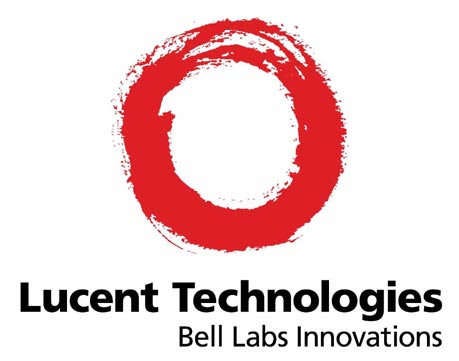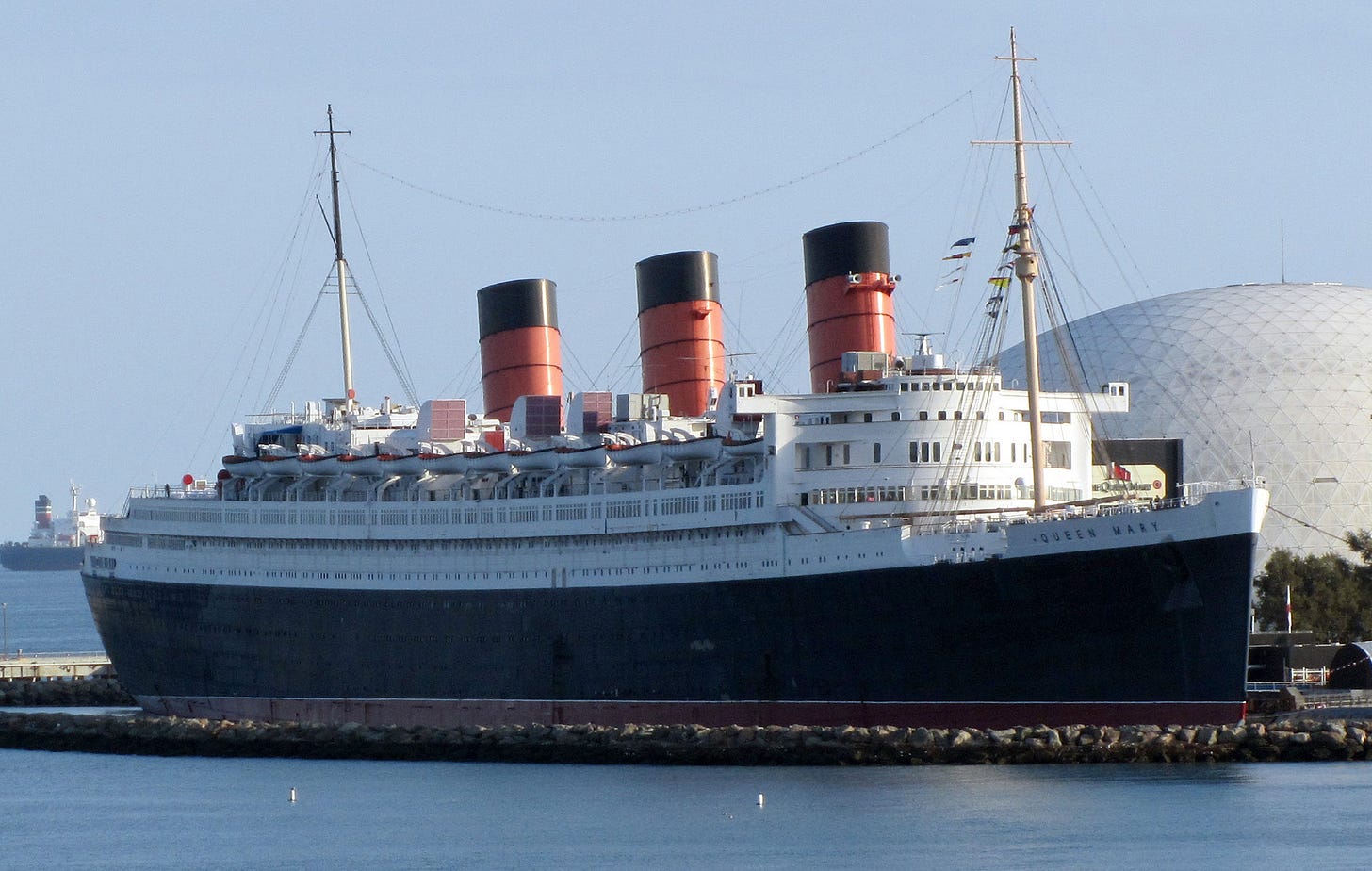X-Rays - Cat Scans - MRI & ColdFusion
And Let's Not Forget Ultrasound & Nuclear Medicine = Radiology
Overview
This is a post about how we used ColdFusion to allow Radiologists to do primary reads via Teleradiology. This goes back into the later 1990's via a Radiology Group out of Long Beach California called Memrad Medical Group and the Nighthawk Services and again this is mid to late 1990's.
Memrad Medical Group & Nighthawk Services
Memrad were a Radiology group, headquartered in Long Beach and at the time they had a pretty unique service called Nighthawk. Located in Southern California, USA they ran the Radiology for those hospitals. Nighthawk Services were based on the fact that during the evenings only one Radiologist was on permanent duty and images from all other hospitals were sent to the central read facility based in Long Beach Memorial Hospital, via Teleradiology processes.
In my case, I was taken on as a part-time tech support person for the office staff, who supported the Radiology practice. At the time I had never heard of Teleradiology and had no idea it even existed. However, I was very fortunate to have started as a self-taught CF developer starting with Coldfusion 1.54. (More on the relevance of this soon).
Teleradiology.
In the mid-to-late 1990s, the concept of teleradiology—radiologists reading imaging studies remotely—was still in its infancy. The internet was a slow, fragile place, yet innovative groups were already pushing the boundaries of what could be done to improve patient care and physician work-life balance.
One of those trailblazers was Memrad Medical Group, a radiology practice based in Long Beach, California. To expand their reading capabilities beyond the limitations of physical film and onsite visits, Memrad needed a way for radiologists to view studies remotely with secure, near-real-time access—something that sounds mundane today, but was cutting-edge at the time.
The Challenge: Remote Access Before Cloud and PACS
In the 1990s:
Bandwidth was scarce: Many radiologists were connecting via ISDN, early DSL, or even dial-up.
Digital imaging was emerging: DICOM standards existed, but integration was patchy.
Security and HIPAA: Regulations were becoming stricter; patient data had to be protected even in this early era.
ColdFusion-Powered Web Interfaces
Using ColdFusion, Memrad built one of the first web-based portals that allowed radiologists to:
Log in remotely-securely
Access patient study lists and metadata
Launch image viewers for CT, MRI, and X-ray studies to cross-consult with other Radiologists.
Input preliminary reads directly into structured reports
This was paired with Nighthawk services, which Memrad helped pioneer. Radiologists working overnight shifts could read emergent scans for hospitals that contracted with Memrad, providing 24/7 coverage—a critical benefit for emergency departments.
A quick explainer here, most Radiology departments are located close to or next to Emergency (ER) in hospitals; why we might ask?
Let’s imagine an automobile accident, where a person or persons could have sustained internal injuries. They are brought into ER and it is often critical that other medical staff, Nurses, Doctors, Surgeons etc know the extent of injuries as soon as possible. This aspect accentuated the need for efficiency and reliability in the network which Nighthawk relied on.
So what is heavens name does this all have to do with me, a lowly part-time tech support person? Interested? Please read on, I promise it gets more interesting.
A Drive That Changed Everything: The ReBirth of Teleradiology at Memrad
In the late 1990s, I was working part-time as a ColdFusion developer at Memrad Medical Group’s Long Beach office, As I mentioned, keeping local office technology running smoothly. One afternoon, I found myself riding shotgun with Joe Brutto, head of Memrad’s newly formed Radiology Practice Management (RPM) unit. We were weaving through Los Angeles traffic between hospitals when Joe turned to me and asked a question that would shape the next chapter of my career:
“Have you heard of teleradiology?”
At that point, the term was completely new to me. But Joe’s curiosity—and Memrad’s visionary drive—sparked a journey that would take us deep into unexplored territory. However from how Joe described it there was obviously a lot of computer network dependency here. It so happened that I had been involved in designing/engineering network topologies since 10 Base-T and Token Ring. There is more on Token Ring here.
I began researching what teleradiology might look like: could radiologists really read studies remotely in near-real-time, with reliable access to images and reports? Could we build a system to enable it—before the cloud, before broadband was widely available, and before web standards like AJAX or responsive design?
The answers led me to conceptualize the leveraging of ColdFusion, which could allowing rapid development of web interfaces connecting and possibly affording us access to:
Hospital imaging archives and DICOM viewers
Secure patient worklists
Structured reporting systems
This work wasn’t just a technical leap; it laid the groundwork for Memrad’s Nighthawk web-based services, enabling radiologists to provide coverage on a 24/7 basis; long before it became an industry norm.
From Bridged Broadcast Blasts to Routed Clarity: Building a Reliable Teleradiology Network
When we started exploring teleradiology, Memrad already had an existing bridged network. In a bridged setup, each site’s network segment was essentially merged into a single large broadcast domain—great for early LANs but problematic across multiple hospitals:
Network loops could cause broadcast storms.
There was no scalable way to segment or prioritize traffic.
Performance and security were unpredictable, especially over wide-area connections.
The radiologists knew this wasn’t going to cut it for mission-critical medical images. They began conversations with GTE (for telecom infrastructure), Cisco (for routers and switches), and Kodak (who offered medical imaging hardware and early PACS systems). Together, the goal was to design a routed network:
>Segregated broadcast domains for each hospital
>More predictable bandwidth usage
>Support for routing protocols that could adapt to network outages
>Better security through routing-based segmentation
This move from a bridged to a routed architecture was no small feat in the late 1990s. Broadband connections were rare, ISDN was expensive, and VPNs were in their infancy. But it laid the foundation for reliable teleradiology workflows—long before cloud-native or SD-WAN solutions existed.
More Technical Details
Including the technical challenges we faced here helps:
We can show how complex and innovative early teleradiology really was.
Educate readers about the fundamental shift from simple bridged networks (Layer 2) to routed topologies (Layer 3) in the context of secure medical data transmission.
Provide modern ColdFusion and healthcare IT professionals with historical perspective on why network design is still critical for healthcare apps.
Millions on the Line: A Network Upgrade That Changed Everything
When I reported back to Joe Brutto after immersing myself in the world of teleradiology, the picture was clear: our existing bridged network couldn’t handle the demands of transmitting high-resolution DICOM images between hospitals reliably or securely. The proposed solution—working with GTE, Cisco, and Kodak to build a routed infrastructure—was projected to cost millions of dollars, a staggering investment for the time.
But Joe and the RPM leadership understood that investing in a modern network wasn’t just about speed; it was about patient safety, service quality, and competitive advantage in a rapidly evolving healthcare landscape.
That’s when RPM offered me a full-time position: to steward the transition from a fragile bridged network to a robust, scalable routed architecture.
Ready for the Task: LANs, WANs, and MANs
Luckily, my existing knowledge of Local Area Networks (LANs), Wide Area Networks (WANs), and Metropolitan Area Networks (MANs) gave me a foundation to tackle this daunting challenge. But even so, aligning technology across multiple hospitals—with unique legacy systems, budgets, and IT staff—required creativity and persistence.
The scale of the task was enormous, but the payoff was equally big: we created one of the first scalable, routed teleradiology networks, enabling radiologists to read cases from anywhere, 24/7, while maintaining the security and reliability essential for patient care.
A Call from Legends: When Bell Labs Knocked on Our Door
One afternoon, while immersed in the chaos of planning a multi-million-dollar network overhaul for Memrad’s teleradiology rollout, I was asked to take a call. On the line was a sales engineer from Lucent Technologies—the freshly minted telecom giant spun out of AT&T during the breakup of the Bell System.
Lucent wasn’t just any tech vendor. They were the inheritors of Bell Labs, the storied research powerhouse behind:
The invention of the transistor (the bedrock of modern electronics)
The creation of the C programming language
The development of UNIX, the ancestor of Linux and MacOS
Hearing from a representative of Bell Labs felt like having Einstein drop by your garage to talk physics. Their interest in our fledgling teleradiology project showed just how cutting-edge Memrad’s vision was—and how big the opportunity for innovation in healthcare networking had become.
The Lucent Pivot: Reimagining the Network for Less
As our conversations with Lucent Technologies (Bell Labs) deepened, it became clear their proposed architecture wasn’t just compelling—it was game-changing. Lucent offered a design that included:
A DS3 line—delivering 45 Mbps—at the central reading facility in Long Beach
T1 circuits—at 1.5 Mbps each—to every participating hospital
This approach:
Provided significantly higher bandwidth and more reliable connectivity than the original bridged plan
Enabled faster transmission of large DICOM image sets—critical for near-real-time teleradiology reads
Introduced a routed, hierarchical network design far more scalable and secure than the previous broadcast-heavy bridged topology
Even more astonishingly, Lucent’s bid came in around one million dollars lower than the original proposal from the incumbent vendors—a massive difference at a time when IT budgets were tight and teleradiology’s ROI was still largely theoretical.
Not Everyone Was Happy
This didn’t sit well with the original vendors, whose bid had suddenly been undercut by a full million dollars. Tensions rose as they tried to push back, but the technical and economic case for Lucent’s solution was undeniable. The outcome cemented the decision to rebuild Memrad’s network from the ground up with cutting-edge technology—making it one of the most advanced teleradiology infrastructures in the country.
A Moment of Awe, A Reminder of Stakes That conversation with Lucent reminded me:
We were trying to build something ahead of its time, in an industry that demanded absolute reliability.
Even the most prestigious tech companies recognized the transformative potential of real-time, remote medical imaging.
This wasn’t just a routine IT upgrade; it was an early wave of telemedicine that would change how healthcare worked forever.
The Bigger Picture
This episode underscores why:
Competition drives innovation—even in healthcare IT, where relationships often dominate.
Deep technical research pays off—your willingness to dive into teleradiology and network design made you a decisive player in the project’s success.
Network architecture shapes patient care—speed, reliability, and security aren’t luxuries in medical imaging; they’re lifesaving necessities.
A Lesson for Today
It’s easy to forget how radical these ideas once were. But remembering moments like Lucent’s call highlights why courage, curiosity, and technical rigor are timeless keys to innovation—whether you’re coding in ColdFusion, configuring a router, or charting the future of healthcare.
The Queen Mary Connection: Where ColdFusion The Web and Radiology Crossed Paths
The Queen Mary, the iconic ocean liner permanently docked in Long Beach, was more than just a tourist attraction in the 1990s—it became an unlikely catalyst in the evolution of web technologies for healthcare.
As a happy co-incidence I was tasked with designing and launching the first website for the Queen Mary, which we built using ColdFusion. At the time, ColdFusion used the .dbml file extension for its templates, reflecting its roots in database-driven markup language.
This project was a deep dive into:
Networking technologies like frame relay, which we used to connect the Queen Mary’s isolated ship infrastructure with the mainland’s networks
The challenges of early web hosting, where reliability and bandwidth were far from guaranteed
Real-world user demands, as we built an online presence for an internationally recognized landmark
A Fortuitous Meeting: Enter Maria Fileteo
Through the Queen Mary website project, I crossed paths with Maria Fileteo, a gifted developer whose expertise and creativity stood out immediately. Our professional relationship quickly evolved into a lasting friendship—and it was Maria who later stepped into the role of lead developer for Memrad’s teleradiology web application.
Together, we combined our ColdFusion experience and growing networking skills to build one of the first web-based systems capable of supporting primary radiology reads over the internet, paving the way for secure, distributed medical imaging long before such ideas were mainstream.
Long Beach: A Crucible for ColdFusion Innovation
Looking back, it’s remarkable how Long Beach became a pivotal city in the evolution of ColdFusion-based web applications:
From the Queen Mary’s first website
To Memrad’s revolutionary teleradiology system
All running on early versions of ColdFusion with
.dbmlsyntax
This small corner of Southern California helped shape not just radiology IT, but the broader acceptance of the web as a serious platform for mission-critical applications.
Thank you for reading this if you got to the end. I cannot thank Jeremy and JJ Allaire enough for the brilliant changes they brought to our world of technology via Coldfusion-ColdFusion.
Also, if anyone wants more details on this project, please feel free to reach out.







